Formaldehyde-free MDF made from rice - available at distributors in USA & Canada
There is a natural and Formaldehyde-Free alternative to MDF (Medium Density Fiberboard) made of rice straw hitting the green building market soon! That’s a reason to breath a sigh of relief (literally and figuratively) since a lot of people would need to hold their breath around MDF and other composite products for fear of a reaction. There are so many toxic chemicals in homes that indoor air quality is often up to 5 times more polluted than outdoor air, and this is part of why there is such a rise in chemical sensitivities as well as a spike in Asthma rates in children.
There have been many attempts to fabricate eco-friendly alternatives to MDF made with natural materials, including hemp rigid board panels and plant-based rigid foam panels. But rice, which ranks second in terms of grain production worldwide, offers a great opportunity to make use of agricultural waste materials that are currently an ecological burden.
So, the completion of a manufacturing facility such as the California company named CalPlant that will produce 140 million square feet annually of rice stalk MDF with no formaldehyde-based resins, is welcome news in the green home building industry.
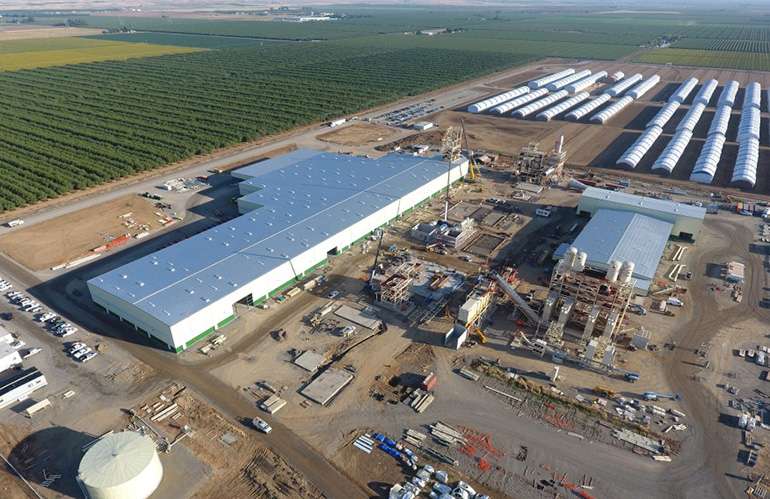
Environmental benefits of rice straw MDF
Rice straw MDF is produced from an agricultural waste product that currently has very little value, it can’t even be used as feedstock due to a lack of nutritional value. Anytime organic waste materials are converted into useable materials it sequesters carbon (acts as carbon storage), having a positive impact on the fight against climate change, of which the building industry is a leading contributor to.
Disposing of leftover rice stalks after harvest can be a big environmental problem as fields are often flooded to speed up the rotting process, which not only consumes dwindling groundwater resources, it also releases a lot of methane, a very potent greenhouse gas that is 25 times more potent than C02 in its Global Warming Potential (GWP).
If fields aren’t cleared by flooding, they are often burned, resulting in the release of 13 tons of carbon dioxide (CO2) per hectare, and air pollution in the form of fine particles, carbon monoxide, dust and sulfur.
A healthy alternative to MDF boards
Fun fact about rice - and the reason why rice MDF is a healthier alternative - because the internal and natural mold resistance of rice fibers is very high, there is no need to use formaldehyde-based adhesives as a preservative, which is a toxic and carcinogenic volatile organic compound (VOC) found in most wood products.
This low-emission greenhouse gas (GHG) product will also comply with the new U.S. federal TSCA Title VI standard on formaldehyde emissions.
Uses for formaldehyde-free rice stalk MDF
Just like conventional wood-based MDF panels, rice fiber panels are suitable for furniture, kitchen and bathroom cabinets, window frames and doors, moldings, acoustic panels, interior doors, flooring, pergolas, etc.
Worth noting - beyond just the toxins in sealants, as well as binders and adhesives found in most composite wood materials, there are other durability and air quality issues with MDF and other engineered building products. Solid wood is a very difficult place for mold to form, but it becomes increasingly easier the more processed a wood product is.
And while these products constitute an excellent re-use of natural materials and post-industrial waste, if not used carefully, they can result in poor indoor air quality as new homes are now finished largely with processed wood products that are at a higher risk of forming mold and mildew.
To quote an amusing line from Joe Lstiburek who is likely the world’s most recognized building scientist, “Even old mold with no teeth can eat paper”.
Engineered OSB floor joists, particle board cabinetry and countertops, laminate flooring products and paper-faced drywall are a few examples of materials we put in our homes that can are more susceptible to moisture damage that solid wood, so take care that any wood or other organic building materials are protected from high humidity or regular exposure to water.
Rice stalk MDF alternative in Canada
CalPlant signed an agreement in August 2018 with Columbia Forest Products (see more), who were one of the first investors in this project, to become the exclusive sales agent for these panels in Canada. Columbia Forest Products is the leading manufacturer of formaldehyde-free plywood and composite wood products in North America, and they already offer a wide range of eco-friendly, formaldehyde-free products.
The CalPlant facility is slated for completion in the fall of 2019. Their rice-based MDF panels have excellent mechanical strength, meeting the US ANSI standard for interior panels (ANSI A208.2-2009). One hundred percent of production will easily meet impending Federal TSCA Title VI regulations for reduced formaldehyde emissions in composite wood products, modeled after regulations approved in 2007 by the California Air Resources Board (CARB).
Formaldehyde-free MDF alternatives such as eco-friendly rice stalk MDF are a great start to creating a healthier home. Find other natural building products in the Ecohome Building Guide and pages such as :
Take out a Free Ecohome Membership here and learn all the perks that come with it! |


























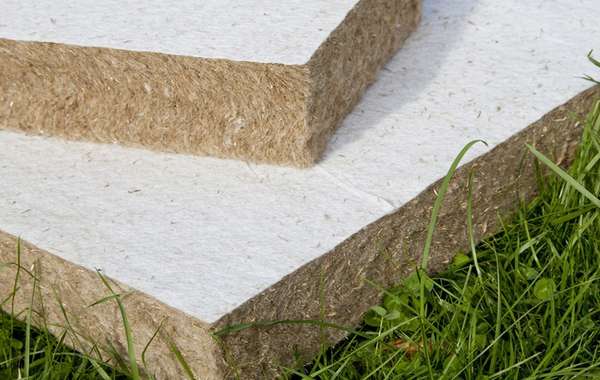
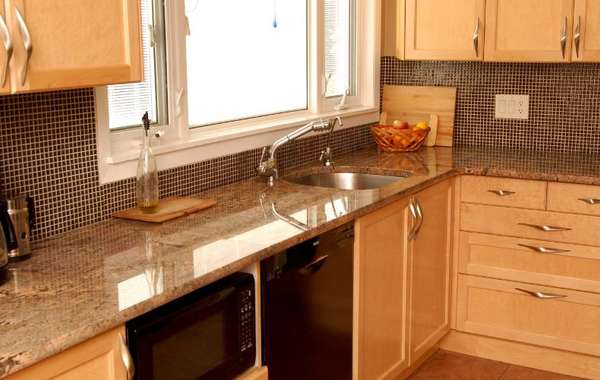
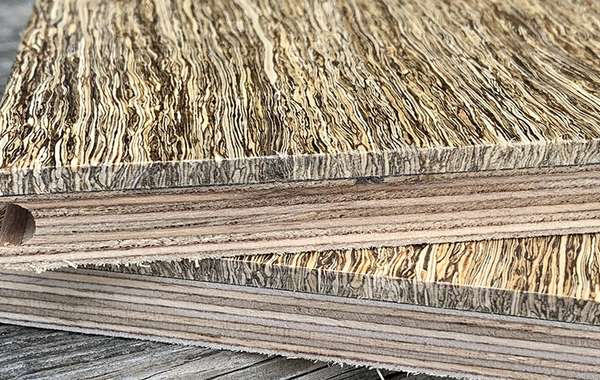
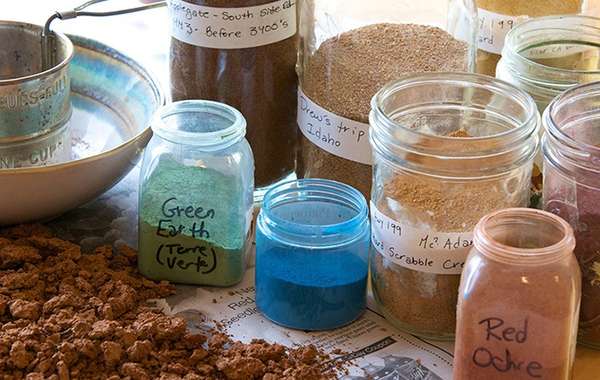
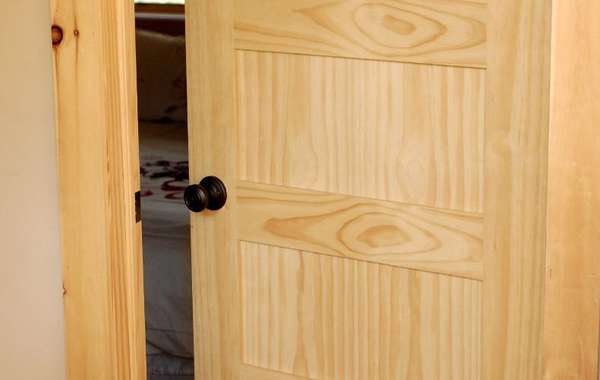
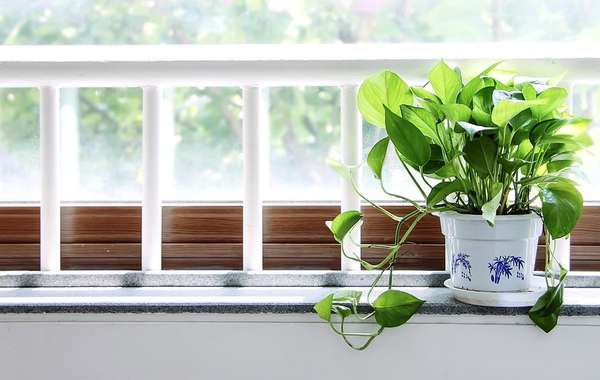
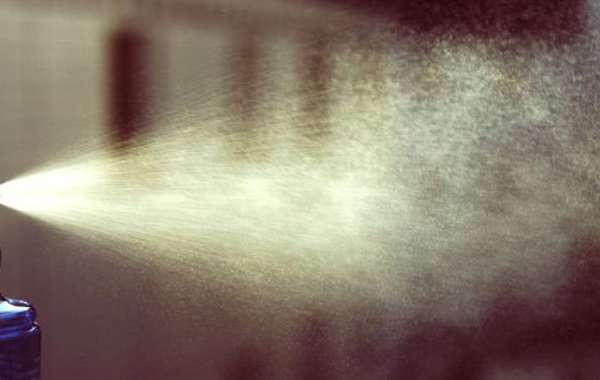
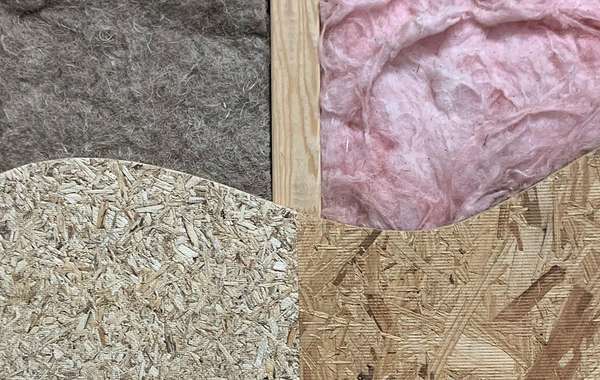


Thank you for this article.
Another in the plethora or proprietary products which continues to escalte housing costs. Want to impress? Develop a common sense product that facilitates improved building construction while simultaneously reducing costs.
You wanna die from the toxins?
We need less building. We have enough houses for everyone. We just have too many people with too many houses
I landed on this page because I once had hives covering my entire body for 6 months from exposure to formaldehyde in new refrigerators (and I need new countertops). The danger of toxins in our environment is a real thing. Kudos to Columbia Forest Products for taking a lead in producing non-toxic building products. As someone who works in the industrial safety field, I have met workers with brain injuries from working around toxic chemicals used in cabinets and counter tops - workers cut down in the prime of life, with families to support. These are comon sense products.
Hi Chandra
That's an awful reaction, no wonder you're doing some serious research. Here is our page about choosing non toxic kitchen counters and cabinetry in case you didn't find it. We also built a demonstration house a few years back with a formaldehyde free countertop made from recycled plates and glass, we were really happy with it. Hope you find something suitable.